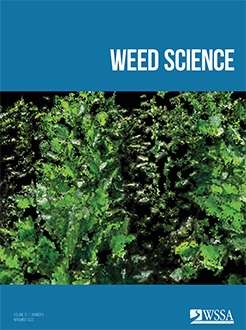Recent innovations in 3D imaging technology have created unprecedented potential for better understanding weed responses to management tactics. Although traditional 2D imaging methods for mapping weed populations can be limited in the field by factors such as shadows and tissue overlap, 3D imaging mitigates these challenges by using depth data to create accurate plant models. Three-dimensional imaging can be used to generate spatiotemporal maps of weed populations in the field and target weeds for site-specific weed management, including automated precision weed control. This technology will also help growers monitor cover crop performance for weed suppression and detect late-season weed escapes for timely control, thereby reducing seedbank persistence and slowing the evolution of herbicide resistance. In addition to its many applications in weed management, 3D imaging offers weed researchers new tools for understanding spatial and temporal heterogeneity in weed responses to integrated weed management tactics, including weed–crop competition and weed community dynamics. This technology will provide simple and low-cost tools for growers and researchers alike to better understand weed responses in diverse agronomic contexts, which will aid in reducing herbicide use, mitigating herbicide-resistance evolution, and improving environmental health.
How to translate text using browser tools
14 October 2022
New Directions in Weed Management and Research Using 3D Imaging
April M. Dobbs,
Daniel Ginn,
Søren Kelstrup Skovsen,
Muthukumar V. Bagavathiannan,
Steven B. Mirsky,
Chris S. Reberg-Horton,
Ramon G. Leon

Weed Science
Vol. 70 • No. 6
November 2022
Vol. 70 • No. 6
November 2022
integrated weed management
point cloud
remote sensing
stereo vision
structure-from-motion





